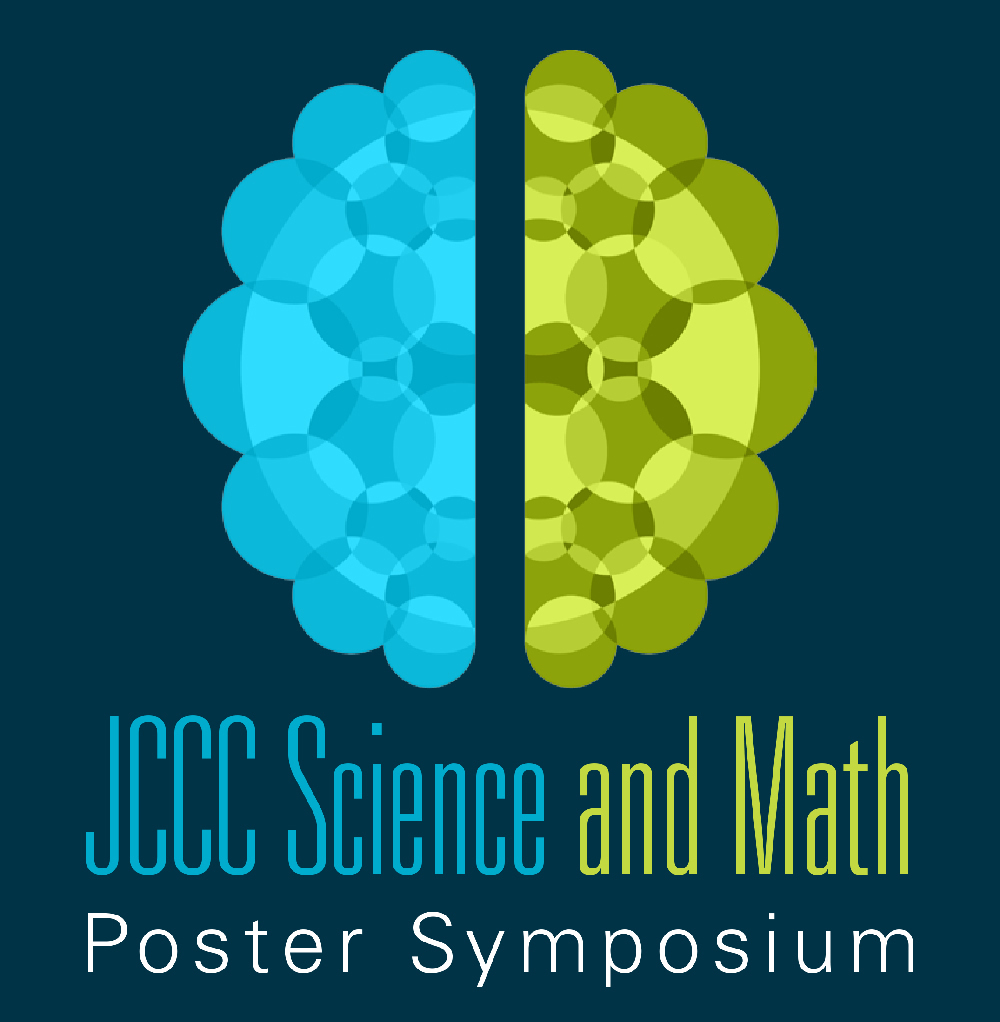Looking for soil microbial antibiotics
Location
CoLab
Start Date
3-5-2019 1:30 PM
End Date
3-5-2019 2:45 PM
Document Type
Poster
Description
The purpose of this study was to determine whether our bacterial candidates from the soil can inhibit the growth of other species. The materials and methods: first performed a serial dilution of the dirt sample from Overland Park in 6 different dilutions of neat (which is not diluted),0.1, 0.01, 0.001, 0.0001, 0.00001 and incubated them. Then took the 0.01 dilution plate which is the best plate to choose bacterial candidates from and chose the candidates from the colonies growing on the plate. There were only 3 kind of colonies on the plate. Then took a small amount of each colony and inoculated on a master plate to be incubated. Then took 6 safe relatives of ESKAPE pathogens as test strands to test the antimicrobial properties of each of our candidates by looking for inhibition zones. Results: On the master plate the candidate labeled as number 1 and 3 had a round, shiny, elevated, white colony with many purple pigments in the center. The colony labeled as number 2 was round, convex, opaque white and no pigmentations. But on the plates that we were looking for inhibition zones, there were no inhibition zones found around the candidates. So our candidates were not producing antibiotics.
Image
Looking for soil microbial antibiotics
CoLab
The purpose of this study was to determine whether our bacterial candidates from the soil can inhibit the growth of other species. The materials and methods: first performed a serial dilution of the dirt sample from Overland Park in 6 different dilutions of neat (which is not diluted),0.1, 0.01, 0.001, 0.0001, 0.00001 and incubated them. Then took the 0.01 dilution plate which is the best plate to choose bacterial candidates from and chose the candidates from the colonies growing on the plate. There were only 3 kind of colonies on the plate. Then took a small amount of each colony and inoculated on a master plate to be incubated. Then took 6 safe relatives of ESKAPE pathogens as test strands to test the antimicrobial properties of each of our candidates by looking for inhibition zones. Results: On the master plate the candidate labeled as number 1 and 3 had a round, shiny, elevated, white colony with many purple pigments in the center. The colony labeled as number 2 was round, convex, opaque white and no pigmentations. But on the plates that we were looking for inhibition zones, there were no inhibition zones found around the candidates. So our candidates were not producing antibiotics.


Comments
The faculty supervisor for this project was Matthew Faulkner, Biology.